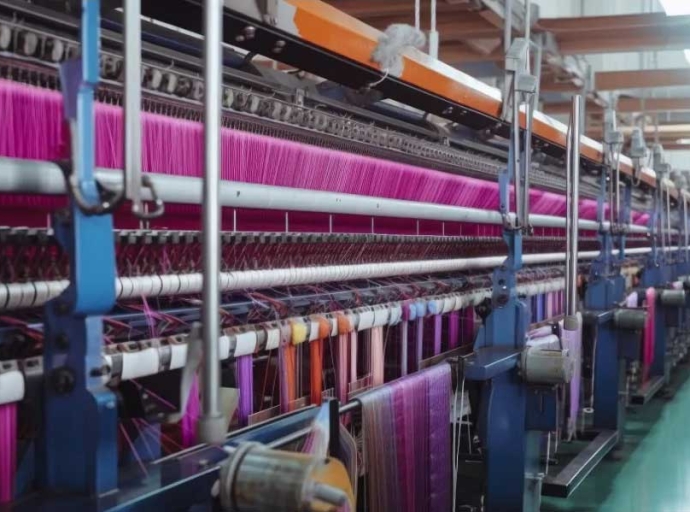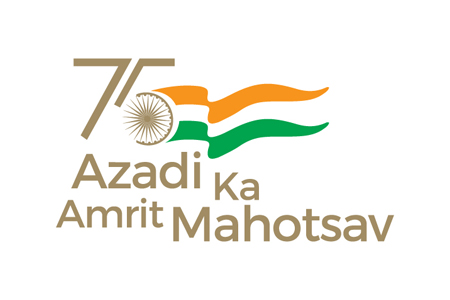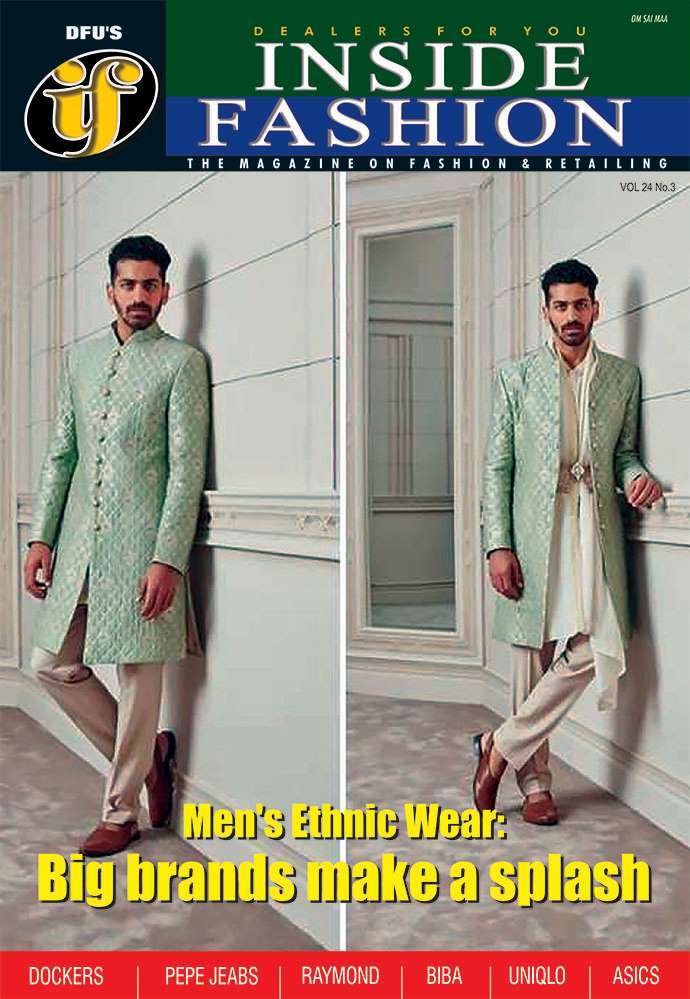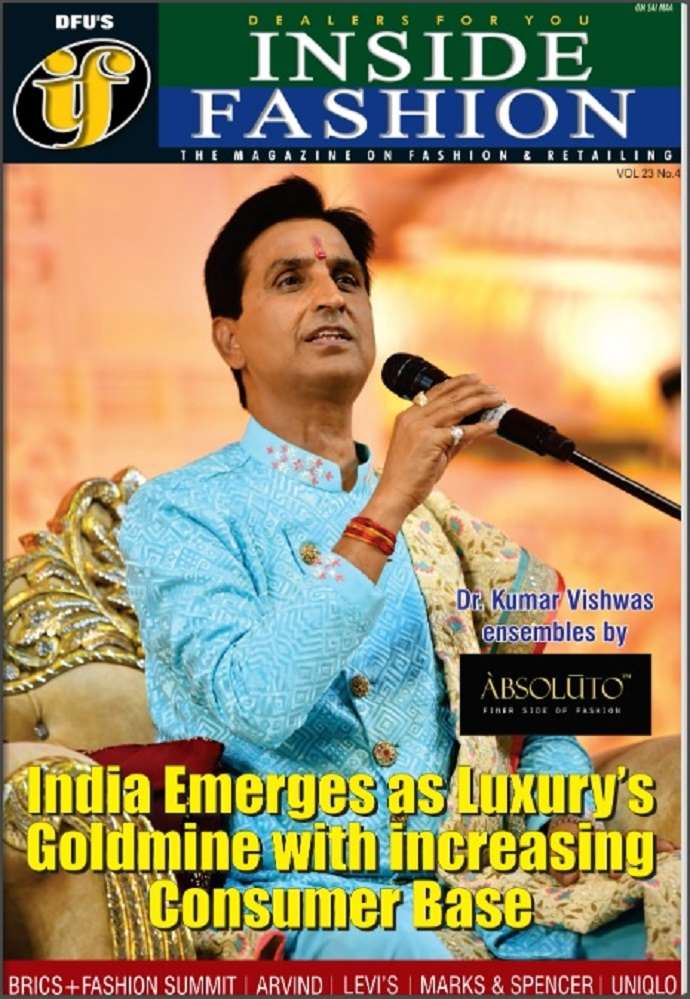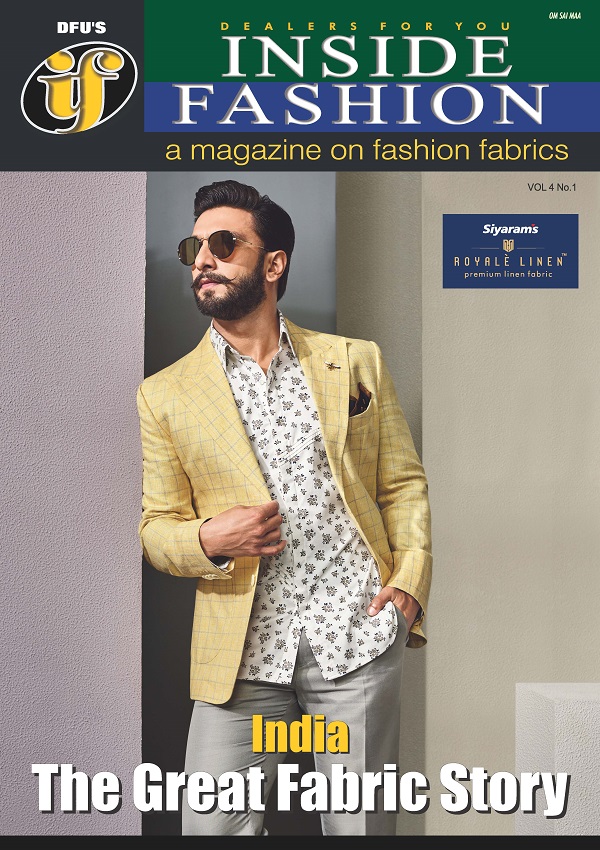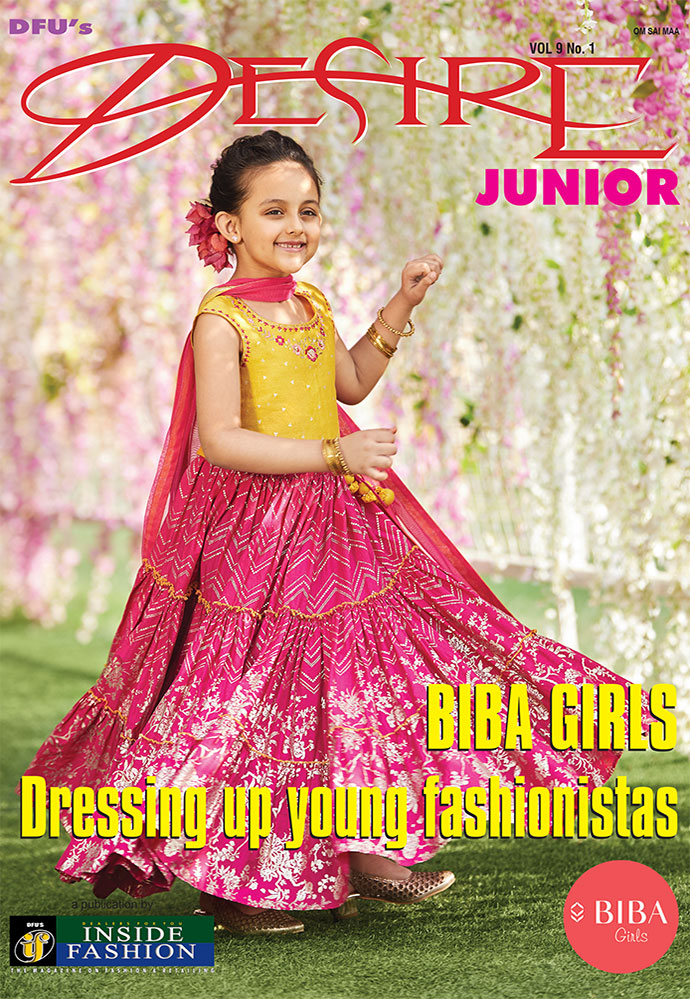When Prada Wears Kolhapuri: Why India waits for foreign validation of its own genius
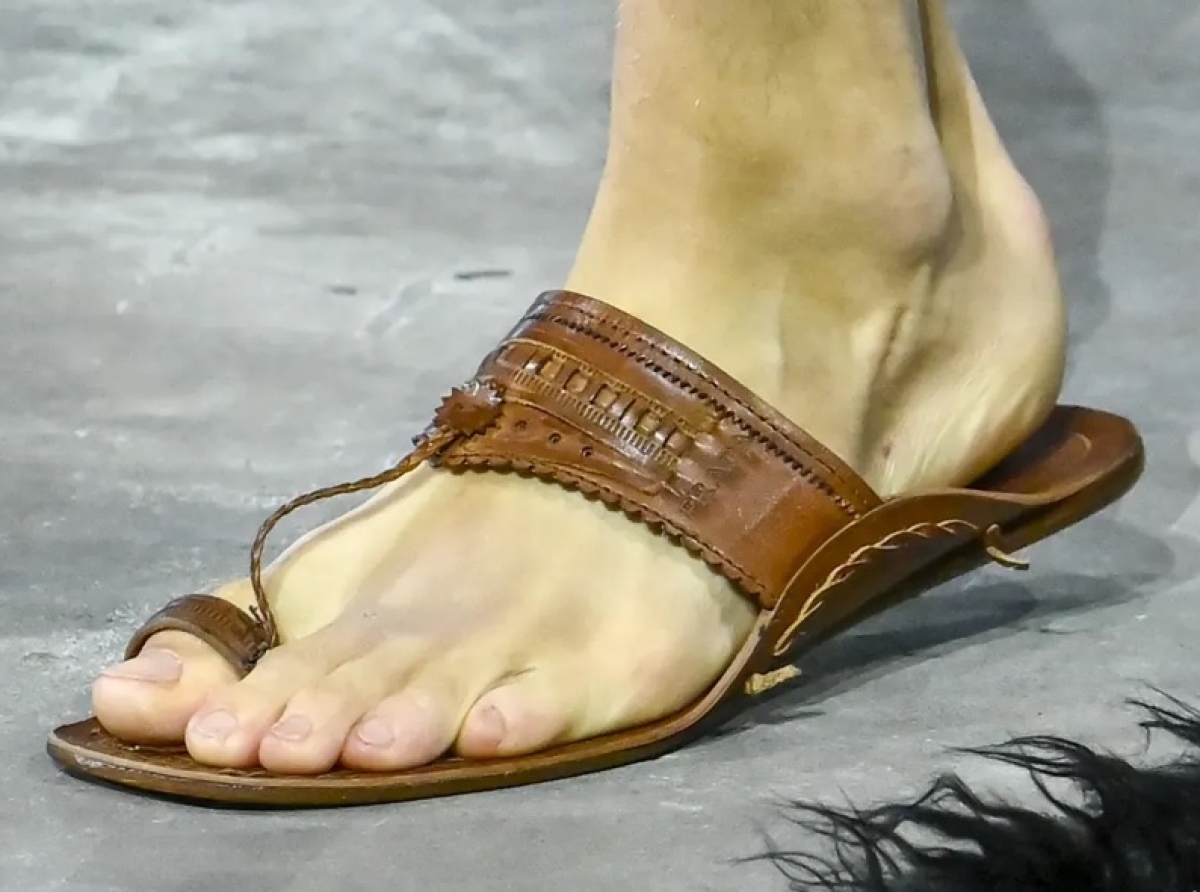
02 July, Mumbai 2025
When Prada released its Rs 1.2 lakh ($1,500) ‘leather sandals’ bearing a striking resemblance to the iconic Indian Kolhapuri chappal, it triggered a storm on social media—but also an uncomfortable national reckoning. Was it cultural appropriation? Perhaps. But more crucially, it was a mirror to a deeper malaise: India's habitual undervaluing of its own artisanal legacy—until it's glamorized and priced by the West.
“This isn’t just about a pair of sandals,” says Ritu Sethi, Founder of the Craft Revival Trust. “It’s about a system that fails to empower the creators and rewards those who simply repackage heritage with better lighting and branding.”
Kolhapuri, legacy, overshadowed by luxury labels
The Kolhapuri chappal, crafted by artisans in Maharashtra with a tradition dating back over 800 years, received a Geographical Indication (GI) tag in 2019. Yet, it rarely sees the footfall it deserves in Indian wardrobes, let alone global fashion. “Until Prada made it aspirational, Kolhapuris were relegated to exhibitions, not flagship stores,” observes fashion anthropologist Neelam Gupta. “The irony is profound.”
Despite its rich legacy and artistry, the Kolhapuri rarely made it into India's own luxury narrative. Prada simply added polish—and a four-digit price tag. And its recurring pattern of ignore, outrage, move on. This ‘Prada moment’ is just the latest in a string of déjà vus. For example, Yoga became a billion-dollar wellness industry after it was westernized. Similarly, Haldi doodh needed a Starbucks rebrand as ‘turmeric latte’ to become trendy. And Ayurveda, with its 5,000-year-old wisdom, gained mass acceptance only after being bottled, branded, and exported. “There’s a peculiar national tendency to wait for validation from Vogue before celebrating what’s innately ours,” laments designer Anavila Misra, known for her modern take on handloom saris.
What keeps Indian craft from walking the global ramp?
Several critical factors contribute to this persistent disconnect between India's rich craft heritage and its limited global presence as a luxury or aspirational product
Weak branding, weaker narratives: Global luxury thrives on storytelling. French maisons build entire mythologies around stitches, motifs, and muses. Indian crafts, despite deeper histories, are poorly branded. “We don't just sell chappals; we sell stories,” says Yashodhara Shroff, Founder of Cinnamon, Bengaluru. “Unfortunately, we forget to tell those stories to the world.”
Tradition without transformation: Sticking to heritage shouldn’t mean stagnation. Many Indian craft products remain confined to traditional aesthetics, failing to evolve with modern tastes and functional requirements. Collaboration between artisans and contemporary designers, which thoughtfully blends heritage with modernity, is crucial. Craft needs thoughtful design evolution to meet global lifestyles. “Preservation is not the opposite of innovation,” says Anuj Sharma, Founder of Button Masala. “Designers must collaborate with artisans—not just source from them.”
Broken supply chains, scattered recognition: Most Indian artisans remain invisible in the supply chain. Exploited by intermediaries, they lack access to fair markets and fair wages. Establishing strong, ethical supply chains that empower artisans and provide them with fair wages is fundamental.
Quality and finish, the missing luxury link: International buyers expect perfection in stitching, consistency in size, and premium packaging. Most Indian crafts fall short—not in talent, but in process.
Legal frameworks that lag behind: While GI tags protect place-based identity, they rarely secure compensation when luxury brands mimic traditional design. “Cultural ownership means nothing if it can't be enforced,” says lawyer Lata Desai, who specializes in intellectual property rights. “We need new legal tools, not just symbolic tags.”
Domestic disconnect and lack of aspirational value: Perhaps the most significant hurdle is the domestic perception of these crafts. When Indians themselves do not consistently invest in and value their own heritage, it becomes challenging to project an image of global aspiration. Our purchasing power as consumers, rather than just our social media outrage, holds immense weight.
When the world took, and we let it slide
The Kolhapuri ‘Prada moment’ echoes similar instances where traditional crafts have been appropriated or, conversely, successfully elevated to global status.
Warli painting, Kalamkari, Phulkari: These traditional Indian art forms have frequently been appropriated by designers and mass producers, their profound cultural and symbolic meanings reduced to mere decorative motifs. This commodification often occurs without proper credit or fair compensation to the originating communities, highlighting the ethical concerns around cultural appropriation.
The Maasai vs. Louis Vuitton: In 2012, Louis Vuitton faced criticism for using patterns resembling the traditional Maasai shuka (blanket) in their collection without acknowledgment or collaboration with the Maasai community, raising similar questions about intellectual property and cultural ownership. The backlash sparked global debate but no compensation to the community.
Navajo vs. Urban Outfitters
A more successful legal battle for cultural protection involved the Navajo Nation suing Urban Outfitters for using their tribal name and designs without permission. This case, which resulted in a settlement, demonstrated the potential for indigenous communities to assert their rights and demand fair recognition and compensation. The settlement marked a rare win in cultural IP.
The Japanese kimono
While facing the influx of Western fashion, Japanese textile industries have shown a different approach. When French designers were inspired by the kimono, instead of outright outrage, there was a reciprocal fascination and acknowledgment, indicating a more established framework for cultural exchange and appreciation.
And then there are models that are working, some success stories. For example, Jaipur rugs connects rural weavers directly to international buyers through compelling storytelling and designer collaborations. Similarly, Okhai empowers women artisans and fuses craft with contemporary utility. FabIndia, despite critiques, has scaled artisanal retail with purpose. While Loom & Hand, Tula, and Vraj:bhoomi are emerging as indie champions of ethical fashion rooted in craft. “The future isn’t mass-produced,” explains Jaya Jaitly, Founder of Dastkari Haat Samiti. “It’s mass appreciation of the handmade.”
The shift we urgently need
To turn ‘Prada moments’ into genuine opportunities for Indian craftsmanship, a fundamental shift is required. It should begin with proactive support from consumers. Indians must consistently support local artisans and craft enterprises with their wallets, not just their words. This includes actively seeking out authentic handcrafted products, understanding their value, and being willing to pay a fair price for the skill and heritage they represent.
We also need to invest in building premium Indian brands that champion our crafts, with strong storytelling, innovative designs, and impeccable quality that can compete on the global stage. This requires strategic marketing, design intervention, and business acumen.
Investing in artisan empowerment and infrastructure is equally important. This includes providing artisans with training in contemporary design, digital literacy, business management, and direct market linkages. Establishing craft clusters and supportive ecosystems can help them scale responsibly while maintaining authenticity.
Also an important aspect is strengthening IP rights for traditional knowledge. India needs to explore more robust legal mechanisms to protect traditional crafts and cultural expressions from exploitation, ensuring that communities receive due credit and benefit from their heritage.
Encouraging and facilitating collaborations between Indian designers, global brands, and artisan communities that are based on respect, fair compensation, and mutual benefit is another aspect that needs focus. This is the pathway to genuine cultural exchange rather than appropriation.
Thus, the ‘Prada moment’ is not merely about a shoe; it's a reflection of India's potential to assert its cultural identity on the global stage. It's a call to move beyond reactive outrage and embrace proactive support, consistent investment, and strategic innovation to ensure that our rich craftsmanship receives the global recognition and value it truly deserves, on our own terms. As Priyanka Modi, Creative Director of AMPM puts it, “We need to wear our heritage with pride—before someone else sells it back to us.” Let this be the last time we find ourselves shocked at our own brilliance—only after it’s endorsed abroad. The world is ready for Indian craftsmanship; it's time for India to be ready for the world.
Latest Publications







